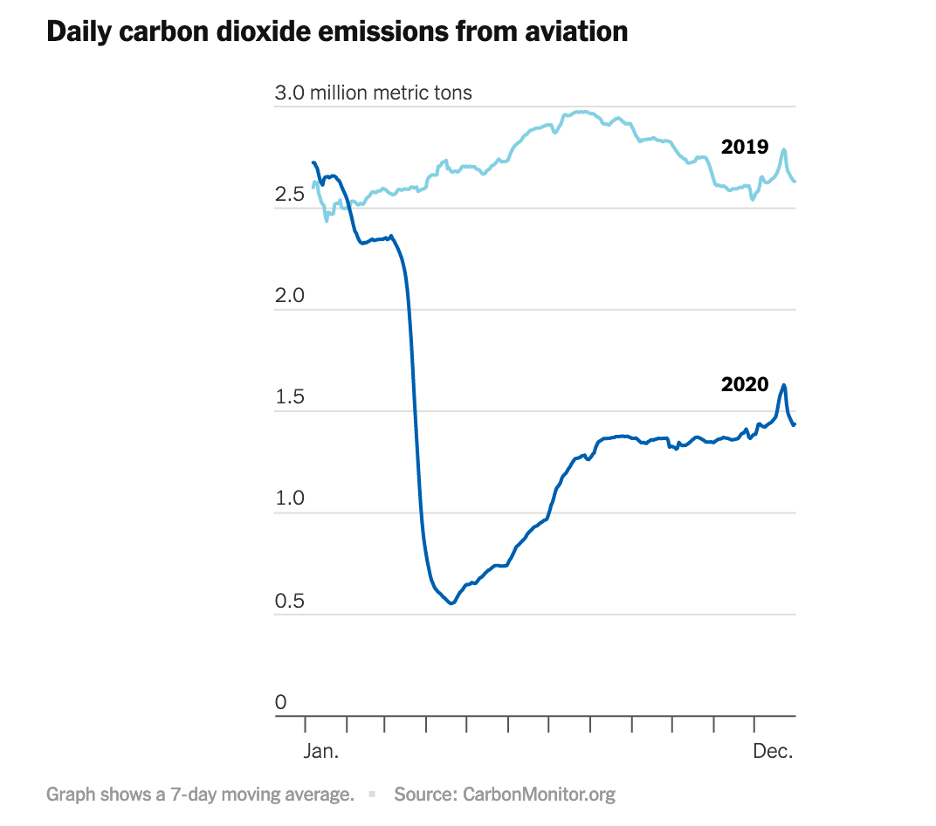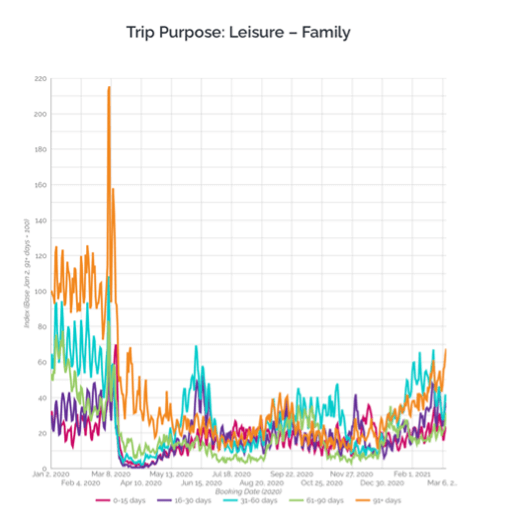‘COVIDcation’ to ‘Vaxication’: Mountain travel trends one year into the pandemic

COVID-19 has hit the travel industry perhaps harder than any other sector. March 2020 brought widespread uncertainty and disruption to destination marketing organizations (DMOs) and the broader tourism industry, and as citizens worldwide adapted to the “new normal,” DMOs began to transform their destinations, which proved to be a feat more successful for some locales than others. As the seasons change a year later, we’re looking back at mountain travel trends, including the adaptations and resiliency of our tourism clients, acknowledging how they have fared in comparison to the broader tourism industry, and anticipating what travel will look like this summer for mountain destinations.
Glimpse at the Past
Technology at the Forefront
With ski season on the line, resorts and destinations had to pivot procedures and strategies to avoid continual detrimental effects on tourism and local travel-dependent economies. Technology and communication became crucial, such as encouraging online advanced purchase of ski-resort lift tickets and food, resorts like Alta Ski Area adopting Twitter for parking and road notifications, and Visit Sun Valley implementing a chatbot in lieu of visitor center agents. Some of these changes, such as limited season pass and day ticket sales, are here to stay, as announced by Arapahoe Basin in Colorado.
Despite losses, many resorts have invested heavily in major COVID-related updates to their resorts:
- Mammoth Mountain: $1 million in custom shipping container eateries
- Aspen Snowmass: $2.5 million in open-air dining/heaters/tents
- Large investment from Sunshine Village on 4,500 square feet of tent structures and warming shelters
Pandemic-Provoked Revelations
Throughout 2020, all destinations reported decreased tax revenue attributed to lower tourism rates and disrupted air travel. However, adjusted travel habits and destination processes also led to revelations for the future of mountain towns.
Visit Sun Valley has seen “less aggressive highs and lows than were traditionally experienced during peak and shoulder seasons,” translating to a more balanced year-round flow of guests and economic stability.
Additionally, DMOs and tourism data have reported increased length of stays (LOS) attributed to work and school flexibility. AirBnB reported LOS was up 74% across the first few months of summer. In conjunction, whether employed by a company or freelancers, the number of “digital nomads” has grown 49% in 2020 to reach 10.9 million in the U.S. With 80% of companies surveyed now allowing remote work to some capacity, more balanced weekly bookings are expected to prevail.

Anecdotally, destinations have also seen communities uniting as one, understanding that tourism is crucial to their livelihood. And conversely, with an increased focus on global sustainability, the pandemic highlighted the strain that previous tourism volume had on communities and destinations, both showing the precarious nature of local economies based solely on tourism as well as the environmental impact of travel. In the long term, the hardships of having to completely restructure have led to “designing more effective marketing campaigns and developing strategies for reaching new markets,” as emphasized by Ski Utah.
Window to the Future
Summer 2021 as Predicted by Mountain DMOs
Utilizing travel behaviors, adaptations, and revelations from 2020, destinations have begun to foresee what summer 2021 will entail. In continuation of 2020’s shorter booking window trend (see Adara chart, below), destinations are slowly seeing summer bookings pick up across both flight and hotel reservations.
Visit Park City reports that many postponed weddings are back on the books for summer and fall 2021, yet group travel inquiries (one of the sectors hit hardest for mountain destinations) have been pushed to Q3 or Q4. As opposed to beaches and big cities, it is predicted that mountain and rural travel destinations will remain highly popular with an anticipated increase in guests.
Accordingly, and due to the tourism compression of summer 2020 up against high travel volume and tightened capacity restrictions, Visit Sun Valley and others are “working with [their] local land management groups, outfitters, recreation retail owners and beyond to understand potential pinch-points, build pre-trip educational touchpoints, and ensure that we’re all on the same page.”

The Rebirth of Mountain Travel from a Marketer’s Perspective
What can we, as marketers, do to help mountain destinations plan for what will be the new, “new normal?” Who will we captivate and how?
Elaine Glusac of New York Times writes, “the 2021 spring breaker may be significantly older than the stereotyped one.” Along with seniors, frontline workers and others who have been vaccinated will also be early prospects. Bloomberg suggests “vaxications” are in full swing with travel agents, such as Natural Habitat Adventures, reporting a return of bookings to 80% of normal over the past few months coinciding with the vaccine rollout. Furthermore, Outside foresees that sustainable travel, member-only adventures, and out-of-the-box lodging retreats will gain popularity.

Research still points toward rural and outdoor destinations reigning supreme. Yet with numerous options and the great outdoors beckoning, how can we keep our destinations top of mind? Search, online travel agencies (OTAs) and social media will be valuable tools not only to inspire, but also to educate trip planners. According to Trip Advisor, “one result of the pandemic may be … that 74% of travelers will spend more time selecting a destination when planning their next trip,” which indicates consumer research is trending upward.
Attracting visitors will go beyond banner ads and site updates to leveraging social channels, showcasing destination attributes, and remaining relevant via word-of-mouth hype. Additionally, destinations should establish credibility via endemic custom content partnerships. Media targeting and timing will shift to follow those who have been vaccinated first (seniors, frontline workers) and expand as vaccinations reach other demographics. Additionally, unlike cities, it will be crucial for mountain towns to implement a marketing strategy that educates consumers of outdoor protocols and sustainable travel, is mindful of over-tourism, and respects the land that has attracted guests in the first place.
Where will your “vaxication” take you?
This report on the pandemic travel trends from Backbone’s media team is part of a series of updates that provide data-driven insights and experience-based anecdotes to help brands and marketers. If you have feedback or questions, please send us a note at info@backbonemedia.net.

